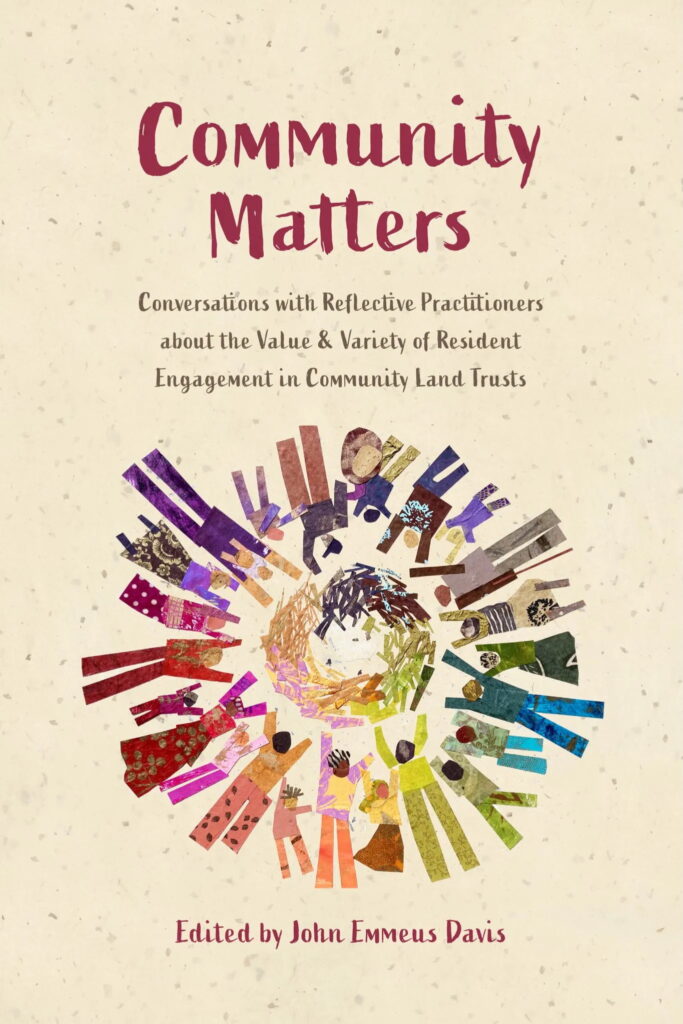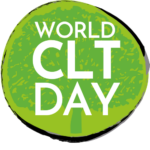Community Matters

Available now worldwide, 250 pp.
PAPERBACK ISBN 9798986177601 $16.00 US
EBOOK ISBN 9798986177618 $7.50 US
Bulk order discounts available for NGOs. For more information, and to place your order, go to our Bulk Orders page.
Community Matters: Conversations with Reflective Practitioners about the Value and Variety of Resident Engagement in Community Land Trusts is the first in our interview series of publications, featuring leading CLT practitioners from around the globe.
Community land trusts (CLTs) are distinguished from many other nonprofit housing developers by the degree to which residents of the places served by a CLT are woven into the culture, structure, and operation of the organization itself. This participatory element-the “C” in CLT-is just as important to what a CLT is and does as its distinctive approach to the ownership of land and the stewardship of housing.
The practitioners featured in the present volume epitomize the persistence of this commitment to community-and its complexity. Working with CLTs in Boston, Brussels, Houston, London, and San Juan, they have championed a variety of strategies for giving residents an active voice in planning and development. They have also changed strategies when needed. The stories of these experienced practitioners explore the whys and ways of keeping “community” alive in organizations like theirs. They offer a virtual master class in resilient resident engagement.

